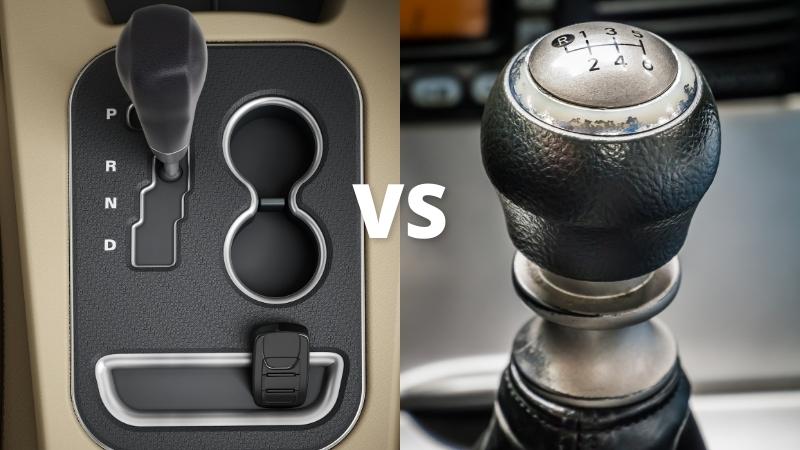When delving into the intricacies of automobiles, enthusiasts and professionals alike often find themselves grappling with an intriguing question: “How much does a transmission weigh?” This inquiry seems deceptively simple, yet it encapsulates a deeper fascination with automotive engineering, efficiency, and performance. Transmissions, the unsung heroes of vehicular performance, play a crucial role in how power is harnessed from the engine and distributed to the wheels. Understanding their weight can illuminate a variety of factors related to vehicle design, efficiency, and even driver experience.
At the outset, it’s essential to understand the different types of transmissions commonly found in vehicles. The two primary categories are automatic and manual transmissions. Automatic transmissions, known for their convenience, typically weigh more due to their complex mechanisms involving hydraulics, electronics, and additional components such as torque converters. On the flip side, manual transmissions are generally lighter, consisting of fewer components and relying on straightforward mechanical linkages. This contrast not only affects the overall weight of the vehicle but also influences handling, acceleration, and fuel efficiency.
The weight of a transmission can vary significantly depending on several factors, including the make and model of the vehicle, the type of transmission, and the materials used in its construction. On average, a manual transmission can weigh anywhere from 100 to 200 pounds, while automatic transmissions typically range from 150 to 300 pounds. However, high-performance vehicles might feature specialized transmissions that can tip the scales even higher, thanks to additional functionalities designed to optimize power transfer and performance.
Interesting to note is that the weight of a transmission is not just a figure on a scale; it has tangible implications for vehicle dynamics. Heavier transmissions can lower a vehicle’s center of gravity, which can enhance stability during high-speed maneuvers. However, this comes at a cost—added weight can also affect acceleration and braking distance. As manufacturers strive to innovate, the quest for lighter yet more durable materials has led to the incorporation of exotic materials like aluminum and carbon fiber in some high-end transmissions. Such advancements not only reduce weight but also enhance efficiency, prompting a broader conversation about how advancements in materials science can push boundaries in automotive design.
Another dimension to consider is the role of transmissions in fuel economy. The relationship is complex. While heavier automatic transmissions may seem like a disadvantage, modern engineering has allowed for extensive optimization. The integration of technologies such as continuously variable transmissions (CVTs) and dual-clutch systems (DCTs) has revolutionized how power is delivered. These systems often involve more intricate designs that prioritize weight reduction without sacrificing performance. As drivers become increasingly conscious of fuel consumption, understanding how transmission weight influences efficiency can become a pivotal factor when selecting a vehicle.
Moreover, let’s not overlook the emotional connection drivers have with their vehicles, which often extends to the transmission. For some, the tactile feedback of a manual transmission and its weight provides a sense of control that is hard to replicate in an automatic. The smoothness and responsiveness of a well-functioning transmission can also influence the overall driving experience, marrying science with sensation. This intrinsic relationship between a driver and their vehicle is an exemplary illustration of how weight can impact more than just performance metrics; it can transform the very act of driving into a passionate pursuit.
From a practical standpoint, it’s crucial for mechanics and restorers to be aware of transmission weights during installations or replacements. The weight of a transmission must be factored into the overall mechanics of the vehicle, including suspension adjustments and the vehicle’s load-bearing capabilities. Improper calculations or assumptions can lead to significant issues down the road, not merely regarding performance but also in maintaining safety standards.
In terms of maintenance, the incredible stress that transmissions endure often leads to the question of longevity. The weight itself is a factor in wear and tear; heavier components may experience greater strain in high-performance settings. Each transmission, regardless of its weight, requires attention to detail during both routine and preventative maintenance. Understanding a transmission’s weight can inform better practices in handling and servicing these complex mechanisms.
The fascination surrounding transmission weights is emblematic of a larger appreciation for the myriad components that work in unison to create a functional vehicle. Engineers continuously strive to balance weight, performance, and durability, leading to intriguing developments in automotive technology. For drivers and automotive enthusiasts alike, grasping the significance of transmission weight adds another layer of understanding and appreciation for the vehicles we drive. Whether it’s for efficiency, performance, or simply the love of the ride, recognizing the role of transmission weight is critical in mastering the art of automotive knowledge.
In conclusion, while the question of how much transmissions weigh may have a straightforward numerical answer, the implications of that weight stretch far beyond mere figures. From performance to efficiency, from driver experience to vehicle handling, understanding the multidimensional aspects of transmission weight offers not just answers, but an invitation to explore the fascinating world of automotive engineering more deeply.
